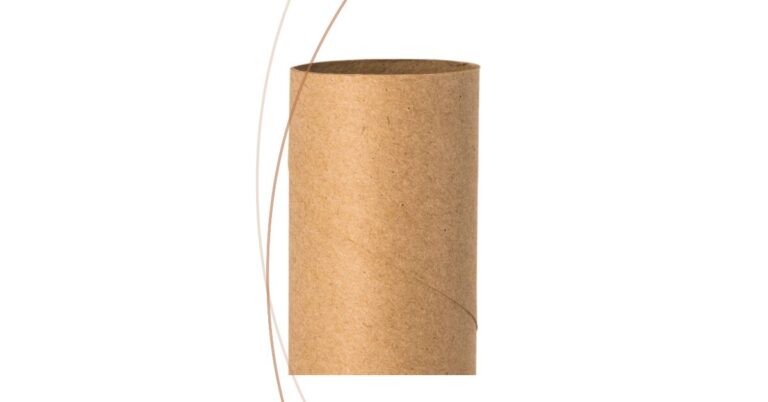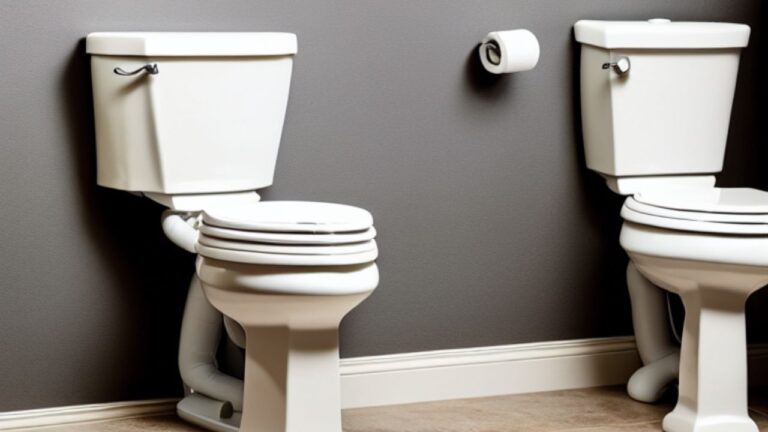An offset toilet flange is not necessarily bad. Although there are some potential drawbacks to using an offset toilet flange, there are also some potential benefits.
Ultimately, whether or not to use an offset toilet flange is up to the individual homeowner.
Why are Offset Toilet Flanges Bad?
An offset toilet flange is a type of flange that is not centered on the drain pipe.
This can cause draining problems and be a potential leak point.
Additionally, offset flanges can make it difficult to install new toilets or repair existing ones.
There are a few key reasons why offset toilet flanges are considered bad:
- They can make it difficult to install new toilets or repair existing ones.
- They can cause draining problems and be a potential leak point.
- Additionally, offset flanges can make it difficult to install new toilets or repair existing ones.
- They are also more likely to become clogged than other types of flanges.
- Finally, offset flanges are not as aesthetically pleasing as other flanges.
While there are a few reasons why offset toilet flanges are bad, there are also a few pros.
For example, offset flanges can be easier to install in certain situations.
Additionally, they can provide better support for the toilet bowl if installed correctly.
How can I Avoid Having an Offset Toilet Flange?
Most people have a hard time avoiding having an offset toilet flange, but there are a few things that you can do to make it easier.
One thing that you can do is to make sure that you level the floor before you install the flange.
This will help to keep the flange level and will also help to prevent the flange from moving around when you are trying to install it.
Another thing you can do is install the flange before putting the toilet in place.
This will help to make sure that the flange is level and will also help to keep it from moving around when you are trying to install the toilet.
Does Offset Flange Clog?
An offset flange will not clog if installed properly, and there is no blockage in the drain line.
Pros and Cons of Offset Toilet Flanges
Offset toilet flanges provide better access to the toilet for people with mobility or balance issues.
They can also be useful for people who need additional support when sitting or standing.
Here are some pros and cons of offset toilet flanges:
Pros:
1. Improved accessibility: Offset toilet flanges provide better access to the toilet for people with mobility or balance issues.
2. Support: This can provide additional support for people who need it when sitting or standing.
3. Versatility: Offset toilet flanges can be used in various toilet configurations, making them versatile and adaptable to different situations.
Cons:
1. Cost: Offset toilet flanges can be more expensive than traditional toilet flanges.
2. Installation: These may require professional installation, which can add to the cost.
3. Maintenance: These may require more maintenance than traditional toilet flanges, as the additional components can be more prone to wear and tear.
4. Space requirements: It may take up more space in the bathroom than traditional toilet flanges, which can disadvantage smaller bathrooms.
It’s important to weigh the pros and cons of these flanges against your specific needs and circumstances.
It’s also good to consult a professional, such as a plumber or bathroom contractor, for advice and guidance.
Conclusion
Offset toilet flanges are not inherently “bad.”
They can provide valuable support and accessibility for people with mobility or balance issues and can be used in various toilet configurations.
However, these flanges may have drawbacks, such as cost, installation, maintenance, and space requirements.
Considering these factors carefully is important before deciding whether they fit your needs.
Ultimately, the decision to use offset toilet flanges will depend on your circumstances, preferences, and budget.


